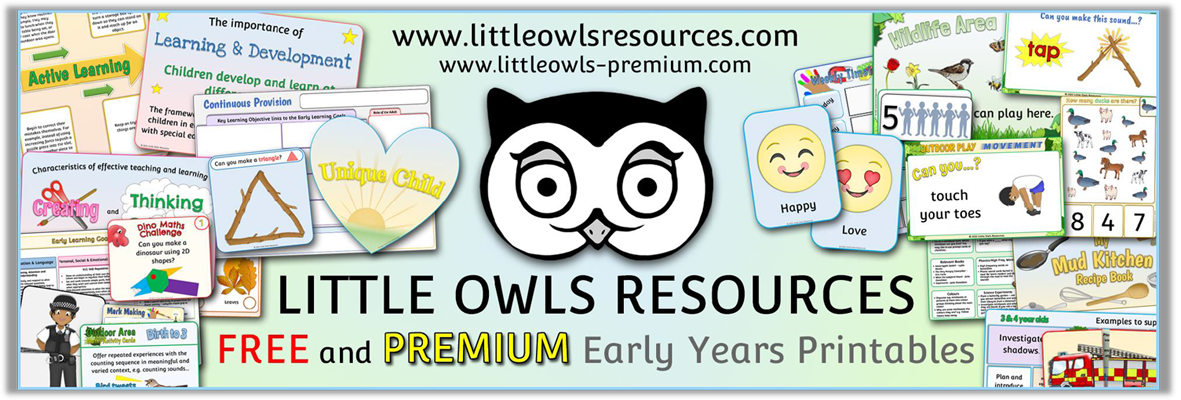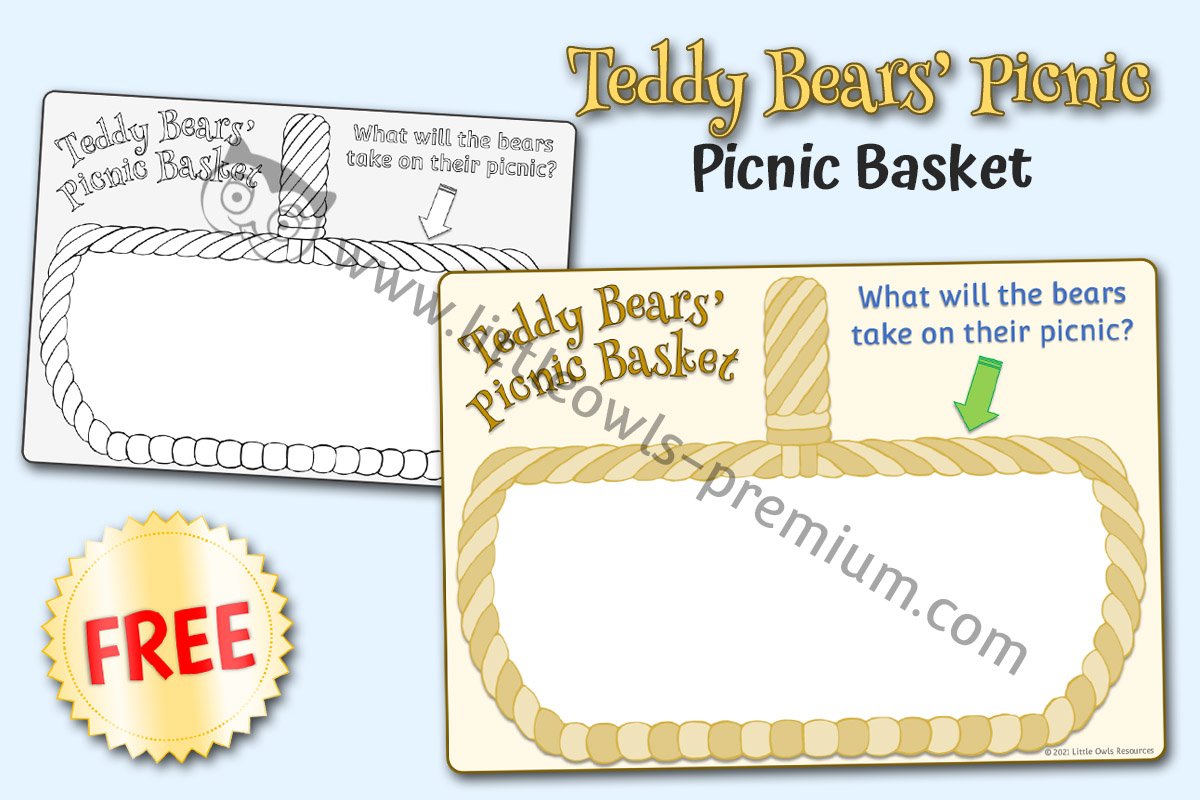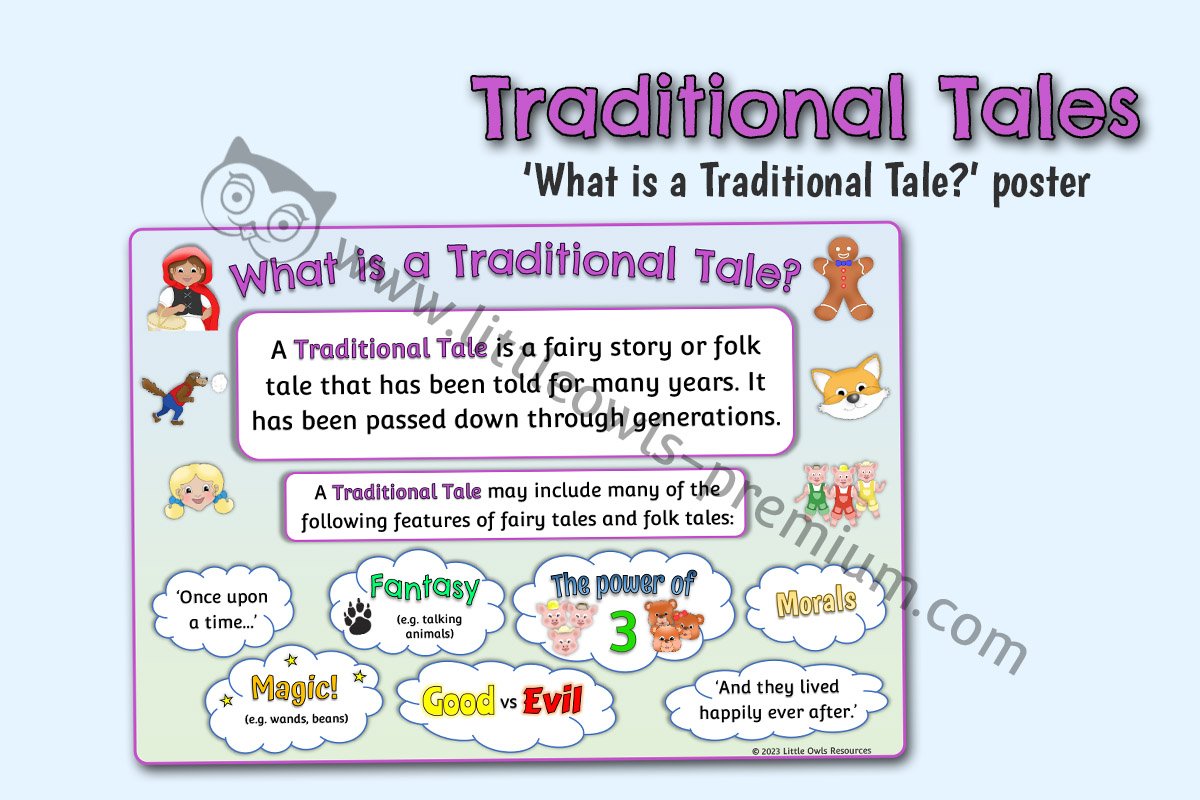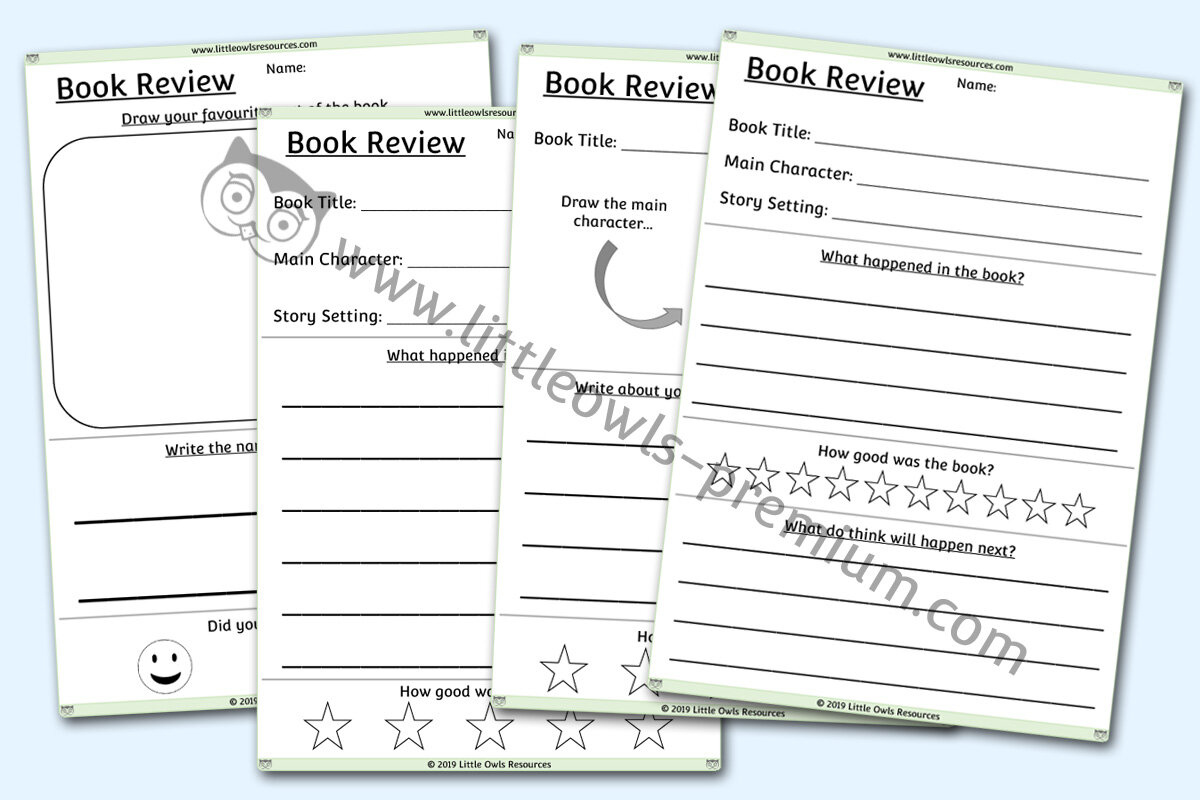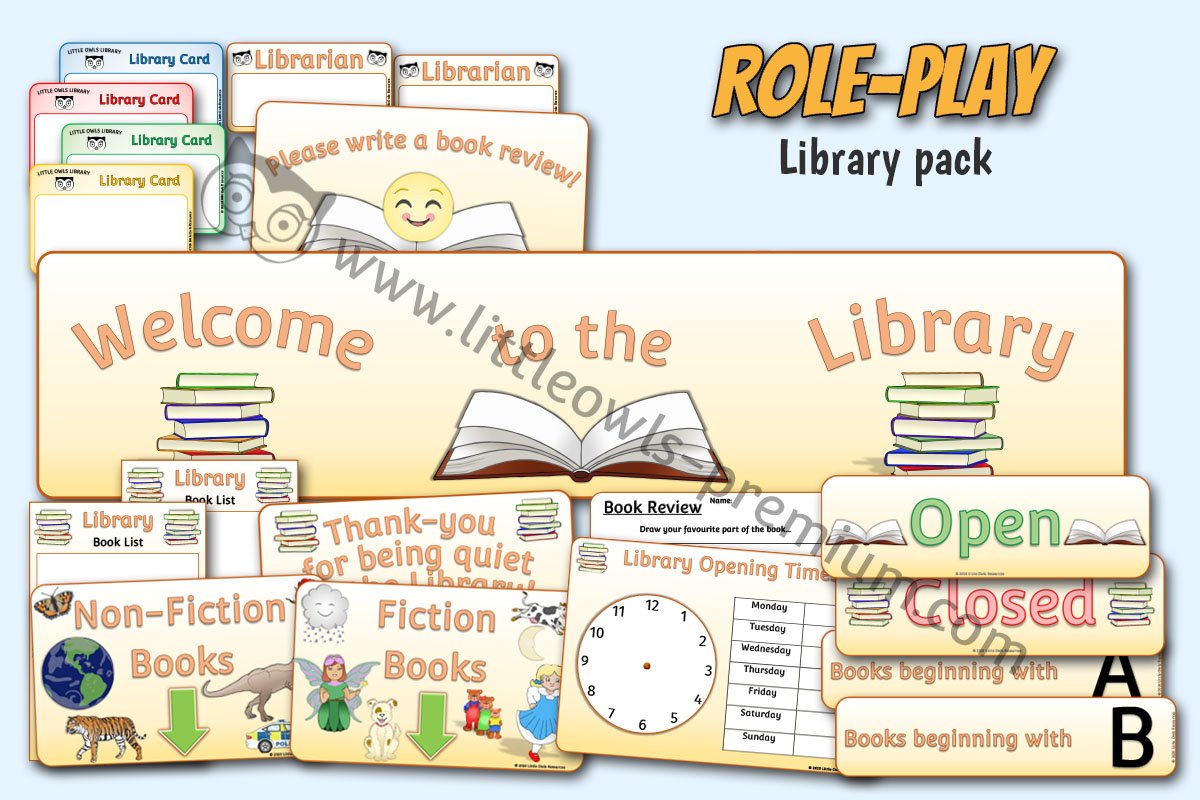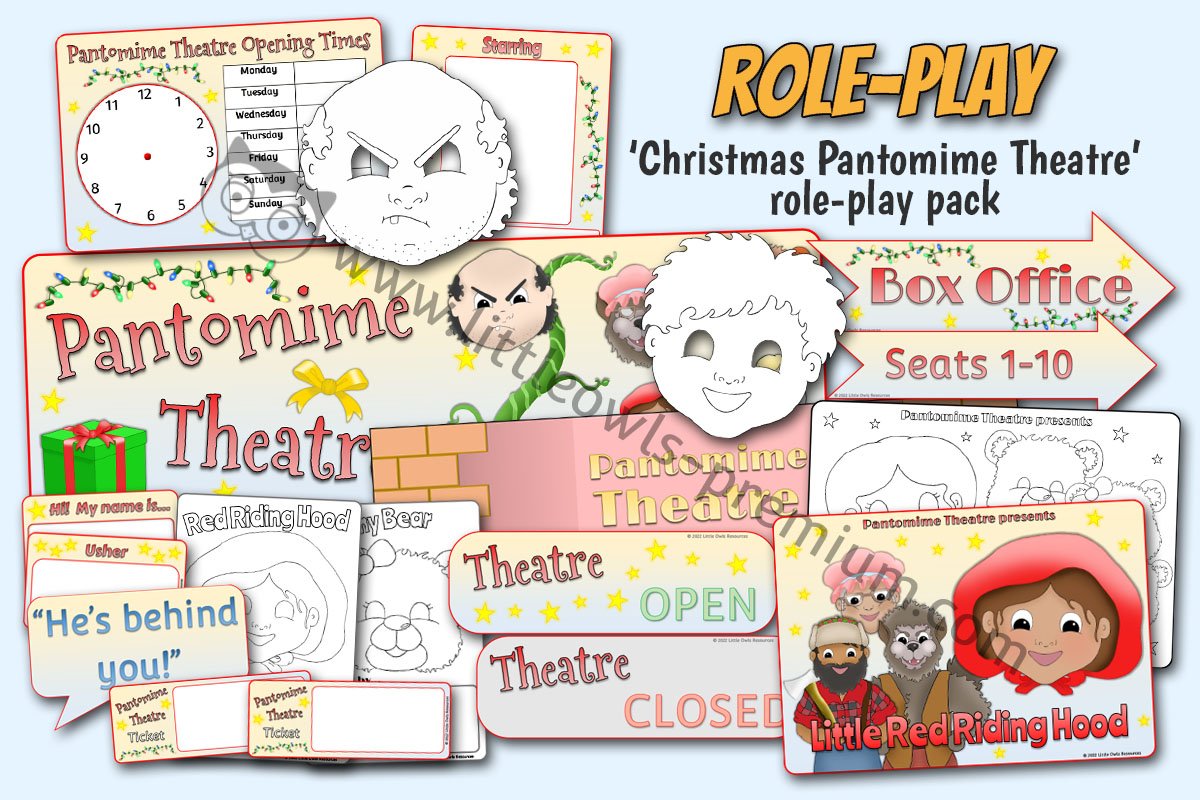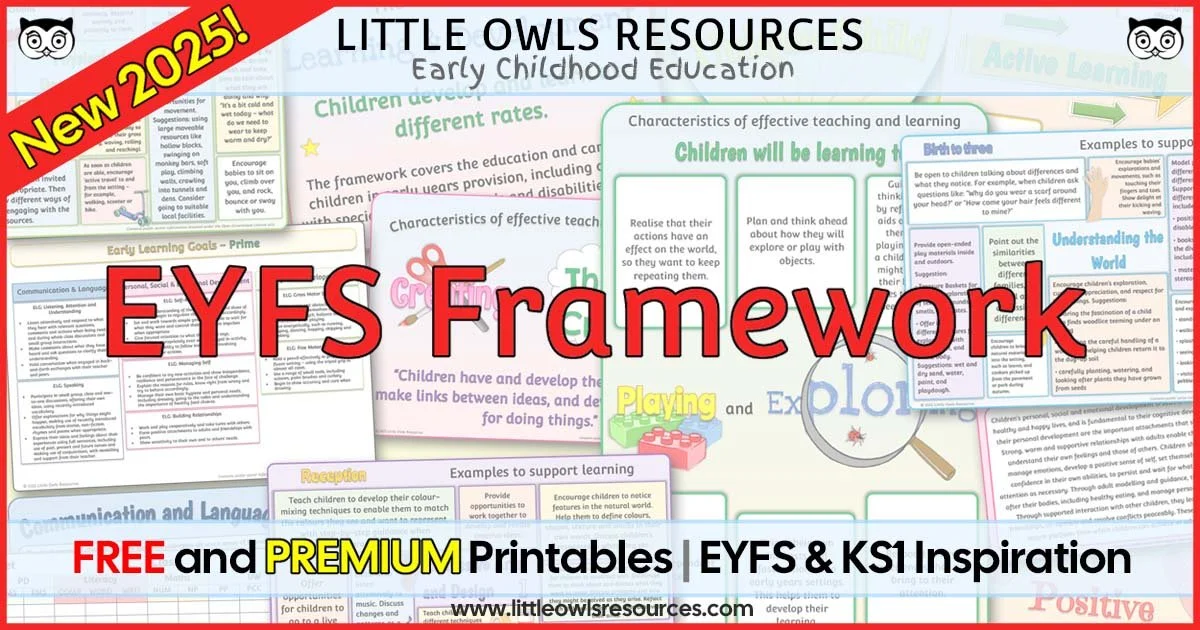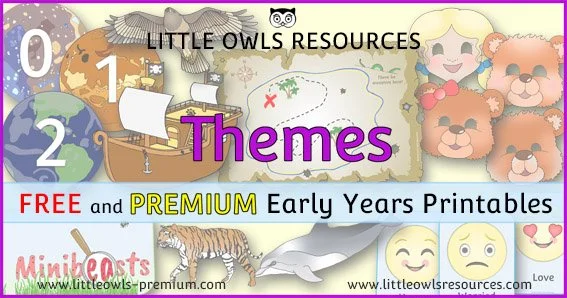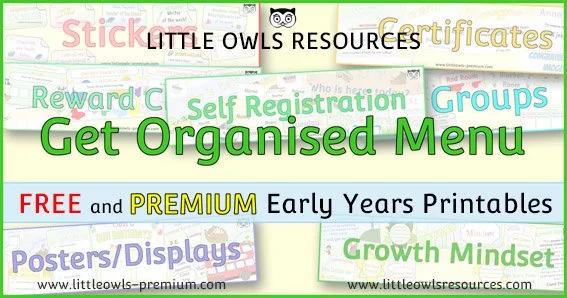Traditional Tales & Fairy Tales: EYFS/Early Years activities, Displays and ideas
Step into a world of enchantment and timeless stories! On this page, Early Years children will be captivated by our wonderful collection of resources for exploring beloved Traditional Tales and Fairy Tales. Immerse them in dramatic play with our fantastic Fairy Tale Theatre and Pantomime Theatre role play packs. Lay the foundations for understanding narrative with our 'What is a Traditional Tale?' display pack, explore plot points with match the story element puzzles, visually sequence stories with story maps, encourage critical thinking with book reviews, and bring characters to life with character speech bubbles. You'll find a wealth of engaging activities and vibrant displays for many different fairy tales, including classics such as Jack and the Beanstalk, Goldilocks and the Three Bears and The Little Red Hen. Let the magic of storytelling inspire imagination and early literacy skills! ✨📖🏰
Please scroll down to browse our Traditional Fairy Tales themed activity ideas, printable educational materials, planning inspiration, display resources, classroom & setting management tools and much more! If you’re looking for Preschool, Nursery, Childminder, Reception, SEND or Home Education resources for 0-7 year olds, you’ve come to the right place! Our interactive and engaging EYFS and KS1 learning resources are lovingly made (including original hand drawn images) by early years teaching and learning experts; a husband and wife team. We hope it helps! 😊
SECTIONS ON THIS PAGE:
Free Sample Resources
General Traditional Fairy Tale Resources (NEW!)
Specific Traditional Fairy Tales
Display Lettering
Role-Play Packs
Library
Fairy Tale Theatre
Christmas Pantomime Theatre
Story Creation/Role-Play/Themes
Characters - Animals - Dinosaurs - Fairies - Mermaids and Mermen - People Who Help Us - Pirates - Teddy Bears’ Picnic -
Settings
Planning
Related special dates - Tell a Fairy Tale Day, International Children’s Book Day (ICBD) (Scroll down to find out more)
FREE ‘TRaditional Fairy Tale’ Printables | Early Years
Join for free and download our inspirational ‘Fairy Tale’ themed educational resources in this ‘Free Samples’ section!
(Click on the images below to find out more)
If you are not a member already, become a ‘Free Access’ member here. This will give you access to resources within the ‘Free Sample Resources’ sections at the top of most pages and ‘Special Dates Calendars’. Some whole topics are even free! Find out more about all of our membership options here. If you are already a member… thank-you! x
Please note that both Editable (docx file) and non-editable (pdf file) versions are available for all of the following resources. (Editable files require Microsoft Word to work at optimum level and Non-Editable files require a pdf viewer.)
General ‘Traditional Fairy Tale’ Themed Eyfs & KS1 Resources | Teaching & Learning Materials
Get ready to be inspired! We hope you enjoy browsing our selection of fun and engaging printables, all created by the Little Owls Resources team—featuring our own original hand-drawn images. Have fun exploring! 😊
Specific ‘Traditional Fairy Tales’
Click on the thumbnail images below to visit the sub-topic pages…
(More ‘Traditional Fairy Tale’ resources coming soon!)
Display Lettering
Role-Play Packs
Story Creation/Role-Play/Themes
- Story Characters
- Story Settings & Props
Planning
Related Special Dates:
Tell a Fairy Tale Day
Tell a Fairy Tale Day is an annual celebration observed on 26th February, dedicated to the magic of fairy tales and storytelling. While it is more widely recognised in the United States, it has gained popularity in other countries, including the UK, as a fun way to encourage reading, creativity, and the sharing of traditional stories.
How is it Celebrated?
Tell a Fairy Tale Day is often marked by:
Reading classic fairy tales – Stories like Jack and the Beanstalk and The Three Little Pigs are popular choices.
Storytelling sessions – Libraries, schools, and community centres may organise events where people read aloud or act out fairy tales.
Writing your own fairy tale – Some use the day as an opportunity to create their own magical stories.
Dressing up as fairy tale characters – In some settings, children (and adults) dress as characters like Red Riding Hood, Peter Pan, or The Big Bad Wolf.
Why is it Important?
Fairy tales have been part of British culture for centuries, passing down morals, imagination, and storytelling traditions. The day encourages literacy, sparks creativity, and allows people to revisit the stories that shaped childhoods.
Although it’s not an official holiday in the UK, it’s a great excuse to immerse yourself in once upon a time... moments!
International Children’s Book Day (ICBD)
International Children's Book Day (ICBD) is celebrated annually on April 2nd, which is the birthday of the renowned Danish author Hans Christian Andersen. This global event is organised by the International Board on Books for Young People (IBBY) and aims to inspire a love of reading and to draw attention to children's books. Each year, a different national section of IBBY sponsors ICBD, choosing a theme and inviting a prominent author from their country to write a message to the children of the world, and a well-known illustrator to create a poster.
The main educational thrust of International Children's Book Day is to promote the importance of children's books and reading across cultures and borders. It highlights the power of stories to foster understanding, empathy, and joy among children worldwide. It also acknowledges the significant role of authors, illustrators, and publishers in creating valuable literature for young readers, encouraging children to explore diverse narratives and perspectives.
Activities for EYFS and KS1 Practitioners and Parents:
Here are some wonderful ways to celebrate International Children's Book Day with young children, focusing on its global and inclusive message:
Explore Books from Around the World: Gather children's books that feature characters, stories, or settings from different countries. Talk about the different cultures, languages, and traditions shown in the books. You could use a world map to point out where each story is from.
Read Hans Christian Andersen Stories: As the day marks his birthday, delve into some of Hans Christian Andersen's classic fairy tales, such as "The Little Mermaid," "The Ugly Duckling," or "The Princess and the Pea." Discuss the enduring messages within his stories.
"Book Passport" Activity: Create simple "book passports" for children. Each time they read a book from a different country or about a different culture, they can add a "stamp" or sticker to their passport, making it a fun journey of literary discovery.
Illustrator Appreciation: Focus on the illustrations in children's books. Discuss how the pictures help tell the story and evoke emotions. Provide art supplies and encourage children to draw their own illustrations for a favourite story, or even create a new character inspired by a book from another culture.
"Message to the Children of the World" Activity: Read aloud the annual message written by the chosen author for ICBD (found on the IBBY website). Afterwards, encourage children to think about what message they would send to children around the world about books or reading. They could draw a picture to accompany their message.
Storytelling with Props from Different Cultures: If you have any simple props or fabric patterns that represent different cultures (e.g., a patterned scarf, a small toy animal from a particular region), use them to inspire spontaneous storytelling or to enhance reading a book set in that culture.
Translate a Simple Phrase: Choose a very simple, repetitive phrase from a children's book (e.g., "The cat sat on the mat," or "I like apples") and use online tools or parent volunteers to learn how to say it in a few different languages. This offers a fun, gentle introduction to linguistic diversity.
Create a "World of Books" Display: Dedicate a display area to showcasing diverse children's books. You could include flags of different countries alongside books from those regions, or images of children reading in various settings around the world.
Donate a Book (Optional, with Parental Involvement): If appropriate and with parental involvement, you could discuss the idea of sharing books with children who might not have many. This could be a very gentle introduction to charitable giving, perhaps through a local book donation scheme.
Official International Children's Book Day / IBBY Website: For more information, the annual message, and details about International Children's Book Day, please visit the official IBBY website: www.ibby.org (Look for the International Children's Book Day section).
SEARCH ‘LITTLE OWLS-PREMIUM’ USING THE FOLLOWING MENU BUTTONS…
Can’t find what you’re looking for?
…Visit our ‘SEARCH’ page…
…or send us a quick message to ‘Suggest A Resource’ - We’d love to hear your ideas and what you think is important!
